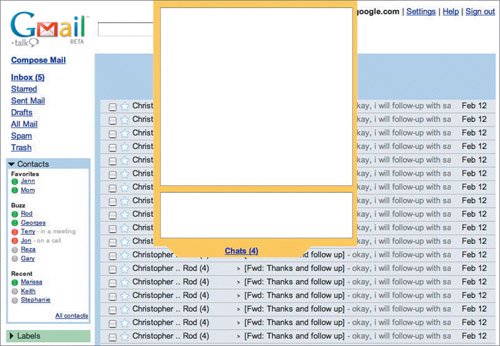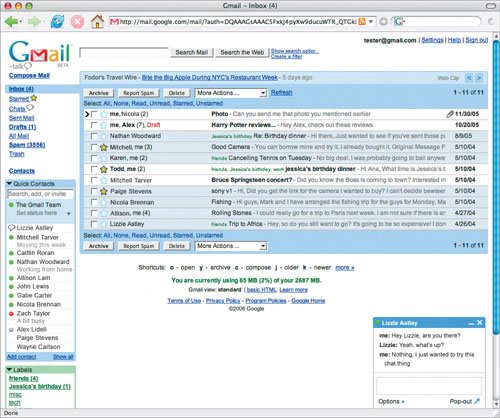| Many digital products use icons. Icons are visual metaphors representing features or actions. They act as both shortcuts and visual reminders ("Oh that's right, I can print this!") for features for users. The choice of visual metaphor is crucial, however. A confusing image can obscure much more than it can illuminate. For example, the disk icon (Figure 6.28) has come to mean "save," even though, increasingly, many young people have never seen a floppy disk (except perhaps this icon!). Then again, it is difficult to imagine what image could replace it. Figure 6.28. The visual of a floppy disk no longer makes sense for the Save icon. 
Perhaps for this reason, plus the influence of Web style on interfaces, icons have fallen out of favor in recent years, replaced by just text. Using text can, of course, be a problem in languages other than English. For example, German words can be notoriously long and may have trouble fitting in the space required. Icons are still found in feature-rich applications with tool bars, such as Adobe Photoshop and Microsoft Word, as it is often impractical, if not impossible, to fit all the frequently used features on the screen otherwise. One exception to this trend is mobile devices. With screen and physical real estate being extremely limited, icons for indicators such as signal and battery strength are essential. Words would simply take up too much space. Case Study: Gmail with Google Talk The Company Google, the search engine colossus. The Problem In some ways, the division between e-mail and instant messaging is a false one. They are both communication tools, albeit for different situations. Sometimes users need a quick message, and sometimes a longer one. Real-time online discussion can be more appropriate than an e-mail message, and vice versa. However, users typically have to use two separate applications for doing these two tasks. The Process Google decided to create one centralized place where users could send both e-mail and instant messages, depending on the situation. The company already had both an e-mail application (Gmail) and an instant messenger (Google Talk). Deciding on what useful integration between two communication systems really meant was the underlying challenge. After defining some basic performance metricsthe application had to be as responsive as a desktop applicationthe engineers built a proof-of-concept technology demo. Meanwhile, the designers created sketches and mockups focused on a window management system that made multitasking using inboxes, e-mails, and instant message chat windows possible.
A prototype of one possible direction (not taken) for the integration of the two programs.  courtesy of Google The Solution The left pane of the Gmail interface was widened slightly to accommodate a buddy list. Logging onto Gmail automatically makes a user's online presence visible to potential chat partners, and a drop-down widget for changing availability (including signing out of chat) remembers the user's most recent state across sessions so that those uninterested in chatting aren't forced into it. The chat experience was changed from a more modal interaction in the demo to one with a less obtrusive location that allows concurrent navigation within e-mails while chats are open. The notification system for new chat messages includes high-contrast changes in color and an optional audible plink. Like e-mails, chats are archived to be easily searchable. Emoticons appear sideways looking just like the text characters that trigger them, but then, in keeping with Google's sometimes quirky style, they rotate and animate their way to facial expressions.
The launched product: Google Talk is integrated into Gmail.  courtesy of Google |
|

